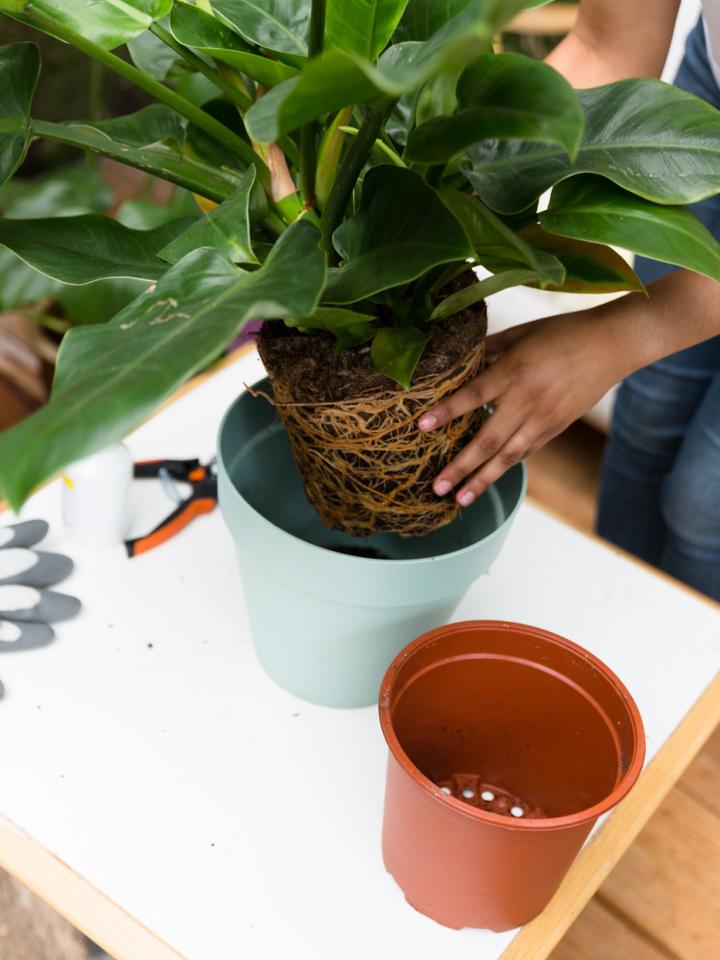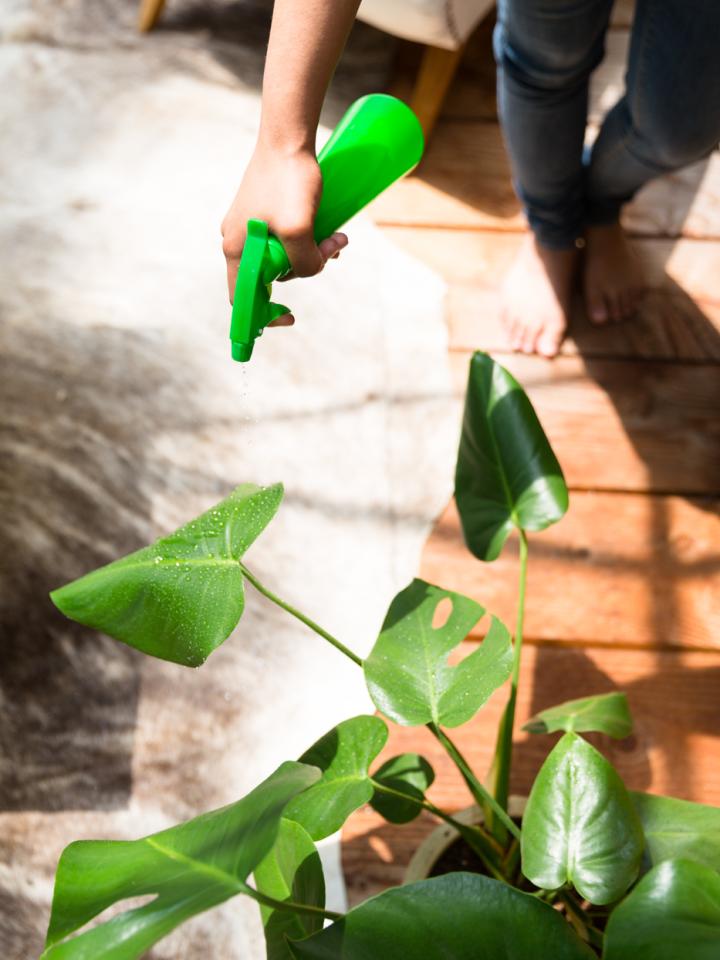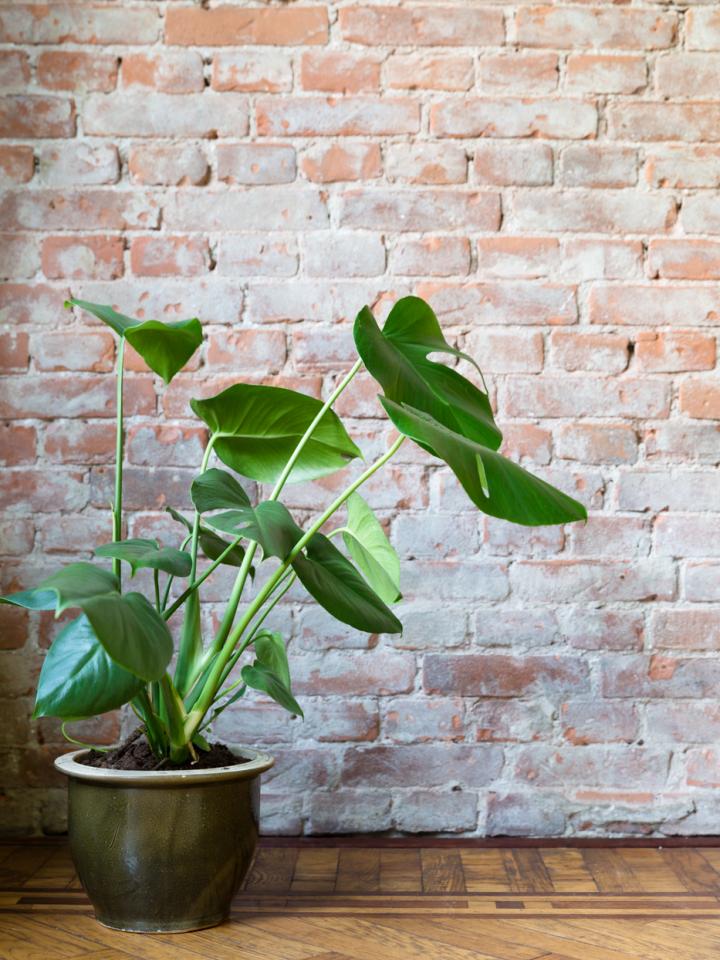Obviously a healthy plant needs a healthy start. When you go to buy a plant always check in the shop that it’s healthy. It would be a shame to buy a sick plant. You can check a plant’s health by looking for yellow leaves, brown edges, drooping stems and unwanted guests. If there are none of those and the plant stands proudly upright you can assume that it is - and will remain - healthy. Provided you look after it properly, of course.
REPOTTING
It’s important to transfer your new plant to its new home soon after buying it. This gives the roots more room to settle, allowing the plant to grow. Be careful about the type of soil that you use. For example, a cactus need more minerals to grow than other plants and therefore prefers special cactus soil. If you’re not sure about the right soil for your plant, ask advice from an employee in the garden centre.
Plants differ in how often they need to be repotted. Most plants only needs to be moved once every two years. If you’re going to repot the plant, always choose a pot that is at least 1.5 times as big as the current pot. Always remove the plant carefully from its home: it spent all that time working hard to firmly embed its roots in the soil, and you don’t want to break any of them off.

WATER
The most important requirement to keep your plant healthy, growing and happy is the right amount of water. Unfortunately you never know precisely how much water a plant needs, but luckily it can show you how it’s feeling. If some of the leaves are yellow, it’s often too wet. If the leaves have brown edges, the plant is getting too little water and its leaves are drying out. Every plant is different and has different watering requirements. Ask at the garden centre what your plant prefers. In any case bear in mind the plants need more water in the summer than in the winter. Young plants also need a lot of water.
Tip: buy a moisture meter and place it in the pot. If it turns red you will know that the plant needs water. Handy!
TREATS
Even though they're indoor plants, no plant likes having a layer of dust on its leaves. It makes it harder for them to emit oxygen and makes them more prone to damage and less attractive to look at. So wipe the leaves with a damp cloth once a week. Also treat your plants to a misting regularly: the leaves love to be sprayed, since that reminds them of the tropical or natural environments from which they originate. Get spraying!

HELP YOUR PLANT
Finally you can also support your plant by giving it some food from time to time during the summer. At that time it grows vigorously, and so it can do with some extra energy. Find out beforehand what sort of food your plant enjoys. You can find this information online on the websites of garden centres or plant bloggers. Never place your plant in a draughty spot. Ideally it should be a place with indirect sunlight and a constant temperature - that’s where your plant will be happiest. Some plants can also tolerate a day in full sun, but then do ensure that it gets enough water. Otherwise it’ll dry out and can become sick.
IF THINGS GO WRONG…
Don’t worry! However much you do your best, your plant can still sicken or even die. Sometimes a plant is carrying a disease that you cannot see, and sometimes a plant is old or simply exhausted. Don’t lose faith - just start afresh. Looking after plants is a skill you have to learn, and there’s only one way to acquire it: by doing it.






